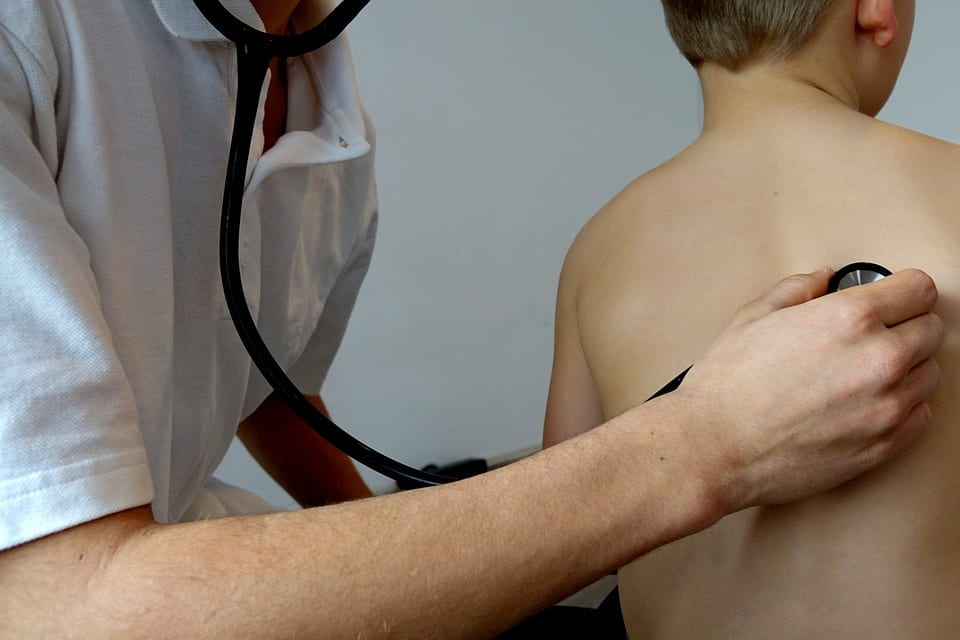I get the question often: “How often do I need a physical?” Well, the correct answer is, “it depends.” It depends on your age and your risk factors. Since I take care of all ages, let me run through the basics of getting “physicals.”
I actually prefer the term “preventive care visit,” as it distinguishes it from a visit where problems are the focus. The goal of these visits is to either find problems early, or prevent them altogether. How do we do that? It depends on the age.
- First year of life – The typical preventive visits are at 2 weeks, 2, 4, 6, 9 and 12 months of age. The focus of these visits is fourfold. The first area is teaching. Most parents need to get taught or get a refresher course on what to do in certain circumstances and what to anticipate next. I also ask questions to figure out if there are any worrisome circumstances at home. The next area is physical exam. I pay special attention for any congenital problems that may be there, since no other doctor has examined the child. the Third area is development. We follow physical growth, as well as motor, speech and social development to make sure there are no problems in these areas. Finally, there are the immunizations. These are given at each visit and have practically eliminated very serious diseases.
- Age 1-4 – The child comes in at 15 and 18 months of age, then at 2,3 and 4 years of age. We continue with the four main areas, with more focus on discipline issues and screening for vision and hearing problems.
- Age 5-12 – These are the easy years (in general). We usually see children every 2 years, since there are not big changes going on. The focus is school performance and social development. We also watch for behavior problems and obesity.
- Ages 13-18 – The honeymoon is over. Things are hard again. In this age we watch for behavior changes and problems that can come as adolescence progresses. We also counsel kids on sex, eating, and school. There are some immunizations given from age 11 on (they have recently changed), one of which is the new vaccine to prevent genital warts (condyloma) which will also prevent cervical cancer.
- Age 19-35 – Women need to be going to the GYN when they start to be sexually active and then get followed yearly from that time (although some recommend that women who are monogamous or not involved in high-risk behavior can get Paps every 2-3 years). Men really have no routine visits unless there is worrisome family history or high-risk behavior. I usually don’t need to see men more often than every 5 years. The key in this age group is to get good lifestyle habits (no smoking, good eating, exercise). Blood pressure is monitored (which is one of the main reasons I do want people to come in) and cholesterol should be screened.
- Age 35-50 – This is when the risk factors become more important. Family history of cancer and heart disease make it very important to begin screening for these problems or risk factors for them. Women need to continue being followed by GYN as before. I start to see lower-risk patients every 2-3 years at this time, and high-risk patients every year.
- Age 50+ – Starting at age 50, all patients begin regular screening and should come in every year.
When I consider prevention, there are 3 main areas of focus:
- Infection prevention
- Cancer prevention
- Heart disease/stroke prevention
Infection prevention is mainly done through immunization (childhood immunizations, flu shots, pneumonia shots).
Cancer prevention focuses on the main cancer killers:
- Lung cancer – there is no good screening for this. The benefit of regular chest x-rays has never been proven and is not recommended. People just have to stop smoking.
- Colon Cancer – Colonoscopy is the mainstay here. High-risk patients (family history, certain diseases, or previous polyps) start screening at age 40, others screen starting at 50.
- Breast cancer – Mammography should start at age 40 (although many recommend baseline at 35). High-risk women should get yearly Mammography from age 40 (or earlier, for very high risk women). Normal risk women are recommended to get Mammography every 2-3 years from 40-50, then annually from then on.
- Prostate cancer – There is actually no consensus about prostate cancer screening. The most aggressive recommendations are that men should get digital rectal exam (DRE) every year from 40 on and PSA blood test starting at age 50 (40 for African American men or men with family history of prostate cancer). Other recommendations are simply that men should be given the option, explaining that neither test has been proven to prolong life. Most authorities say med to not need to be screened after age 70.
Heart disease and stroke prevention focuses mainly on risk factor identification. As stated in previous post, the main risk factors for heart disease (and stroke include):
- Family history (immediate family)
- Diabetes
- Hypertension
- Smoking
- High cholesterol.
Other identified risk factors include:
- High hip to waste ratio (it is better to be “pear” shaped than “apple” shaped
- High c-reactive protein (a test of inflammation)
- High serum homocystine levels
While these latter risk factors are not typically run, they may identify patients who are at especially high risk.
So there is much to prevention. You need to know where your risk is for you to know what needs to be done. Do you need a physical? It depends on your risk. It depends on your habits. It never hurts to ask your doctor….





Be the first to comment on "An ounce of Prevention"